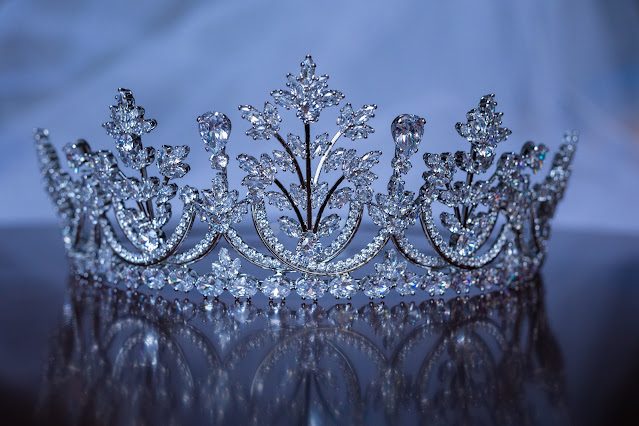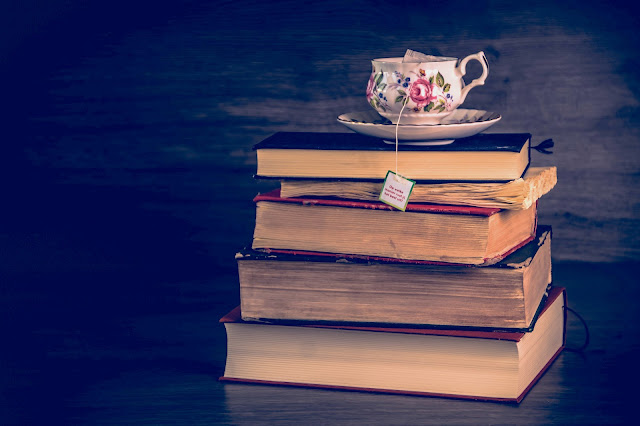Beauty, 'The School for Good and Evil' (Book One), and the Netflix Adaptation
There's a lot to unpack with both the written version of The School for Good and Evil, as well as the Netflix adaptation. If you watched it on Netflix, but haven't yet read the book I strongly encourage you to get the book as soon as humanly possible.
I'll be transparent about the fact that I may write multiple posts about this, just because there's so much worth discussing. It's not so much that I could just talk about the book forever--though I'm quickly learning that is a possibility--but rather that the book is full of fun concepts, interesting characters and messages worth contemplating.
One of the things that is interesting in the book, is that the author uses common tropes or stereotypes and weaves them into the characters. For instance, as humans we are drawn to aesthetically-pleasing things. Beauty has inspired music, poems, art, and action. It is a part of the universe, but the author of The School for Good and Evil takes this blind love of beauty and gives it life. Through the story, the main character sees herself as beautiful. She believes herself to be a princess because princesses are always beautiful. She comes to this conclusion from reading the books of fairy tales in town, and tries to act like the princesses in those tales.
As a princess, she knows she must do good deeds and decides to try and beautify the ugly girl who lives next to the town cemetery. She insists on trying to befriend the girl, and tries to entice her into getting a makeover, all to behave like a princess.
There are many thoughts that people have had over the centuries about the concept of beauty, and cleanliness. We've probably all heard the saying, "cleanliness is next to Godliness". There is also a less-spoken but latent thought that beauty is a blessing that comes from the gods. It's difficult to think of someone beautiful being evil or horrible. We often make mistakes in judgement because of just this mentality, even though media has been portraying quite a few beautiful people as "bad". We're drawn to beauty though, and we don't want to believe that it contains something terrible within, that it's a grand deception.
 |
| Photo by itemguides.com |
Beauty is a very strong theme within the The School for Good and Evil, and as such I expected the Netflix series to lean into it. Sadly, our "need" to fill movies with the most conventionally beautiful people won out, even over the descriptions in the book. I can understand, especially if they didn't want to perpetuate the idea that "ugly" is a certain look, or "deformity". The School of Evil was filled with beautiful people dressed in black, instead of wart-covered and dirt-covered people.
A character named Agatha (the one who is subjected to the makeover attempt) is supposedly hideous. She is made fun of throughout the book for her looks, and what she prefers to wear (black and super clunky shoes). She's often labeled as a witch and taunted as such. Much of what was described as ugly was tattered clothing, and dirt. Even if Netflix didn't want to get into societal attitudes about beauty and ugliness, they could have gone with the tattered clothing and dirt-stained faces.
Now, why does this choice in the Netflix adaptation matter? Well, it's because there are very strong messages throughout the book involving our perceptions of beauty and ugliness. One of the biggest reveals in the book happens near the end (spoiler incoming), when Agatha believes she is beautiful due to a magical blessing that is bestowed upon her. She learns that nothing actually changed, except how she sees herself. This is a super important message, because so often if we cannot see the true beauty in ourselves, others aren't able to see it either. There is so much truth to that, and to take that very important message out completely does the book a grave disservice.
Additionally, the way the book focuses on traditional concepts of beauty and ugliness and how we have this intrinsic belief that it mirrors the type of people we are on the inside highlights that it isn't the looks that matter, even though at face value the emphasis is heavily on looks being an indicator of virtue and character. The book turns things topsy-turvy (spoilers again) when due to some choices the students make, the good students become ugly due to evil actions, and the evil students turn beautiful due to "good" actions.
Unfortunately, because the Netflix adaptation started out with everyone just looking beautiful, much of the message through irony was lost. Only one character, Sophie, was noticeably "uglified" and Agatha never received her moment of realization that she had been beautiful all along, she just hadn't been able to see it in herself.
With such a pervasive theme of beauty and ugliness, it's rather odd that Netflix chose to largely abandon that entire theme. Depending on the reasons, it's a little understandable but there were other choices that could have allowed them to keep the themes and lessons without creating stigmas against certain looks or conditions.
Did they do the right thing in removing the theme from the Netflix movie? I'm not sure, personally. Feel free to share your thoughts on that. I'll probably be discussing other parts of the adaption and the book in other posts.




Comments
Post a Comment